Students who listen to this Grade 2 Core Knowledge History and Geography unit discover that Americans had a difficult task at hand after winning the Revolutionary War: they had to figure out a better way to govern themselves. Such leaders as James Madison, George Washington, Alexander Hamilton, and Benjamin Franklin traveled to Philadelphia to meet at the Constitutional Convention, with the goal of creating a new government. Students learn that the talks were held in secret in Independence Hall and that American leaders argued about many issues until they agreed to approve a new Constitution. They then hear that James Madison (whom we call the Father of the Constitution), along with John Jay and Alexander Hamilton, wrote the Federalist Papers to explain the document’s merits and to persuade the states to vote for it. Students find out that the states did finally approve the Constitution; that Madison wrote a Bill of Rights that was added to it; that the Constitution gives the American people the right to decide what the laws should be for our country; and that we can still amend it today.(5 lessons)
The Geography of the United States (CKHG Unit)
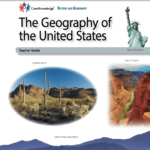
This unit reinforces map and globe skills as students learn about the geographic characteristics of different regions of the United States: New England, Mid-Atlantic, South, Midwest, Great Plains, Rocky Mountain, Southwest, and West Coast. Across 13 lessons, students explore the climate, natural resources, culture, and other distinctive characteristics of each region.
New Unit Plan Created: A Map Study of the Battle of Gettysburg
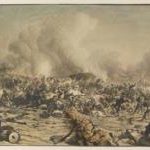
The resource takes a slightly unconventional approach to studying and understanding the battle. Rather than a traditional lesson about the events, A Map Study of the Battle of Gettysburg uses two maps of the town, both ca. 1863, and its surrounding areas to understand how the battle unfolded and resulted in a Union victory because of the geography.
Native American Housing
Native American housing is frequently assumed to be represented by one or two well-known styles such as the teepee or pueblo. While these do reflect distinct tribal designs, they are not all inclusive and students should be exposed to a wider range of design. The lesson should also help students understand the relationship between environment and housing. Free registration for students and teachers required to access resource.
The Earliest Americans (CKHG Unit)
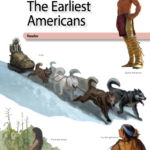
Across 17 lessons, this unit introduces some of the different peoples who populated America many years before the arrival of European explorers—some as early as thirty thousand years ago along the Pacific Coast, and others who traveled from Asia across Beringia, the land bridge. Students explore how these early peoples spread across North and South America, adapted to their environments and developed unique cultures. Each lesson is designed to last 30 minutes.
The Age of Exploration (CKHG Unit)
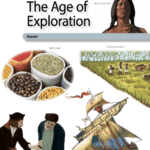
This unit introduces students to European exploration and trade from 1400 to the 1600s. Across 12 lessons, students learn about motivations for European exploration and study specific explorers, learning about their encounters with indigenous peoples. Students are introduced to the early slave trade and the beginnings of slavery in the Americas.
The United States Constitution (CKHG Unit)
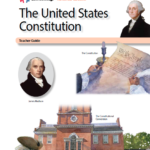
This unit explores the creation and central ideas of the United States Constitution. Across 18 lessons, students learn how, after the Revolution, the Founding Fathers worked to confront the shortcomings of the Articles of Confederation. They learn why the Bill of Rights was added to the Constitution, and explore reasons why the Constitution has survived as the guiding document of government in the United States.
Slavery: No Freedom, No Rights (Lesson Plan)
Examine the history of slavery in the United States. Trace the development and expansion of slavery in the 19th century and learn about the conflicts and compromises that occurred prior to the Civil War and the abolition of slavery.
From the basics about slavery to the attitudes that defended it and the efforts of those who wanted to see it abolished, in this lesson students learn about this dark part of America’s past.
** Please note: The section about the Missouri Compromise and the Compromise of 1850 has been moved to a new mini-lesson called Slave States, Free States that explores the debate about the expansion of slavery. We recommend teaching this mini-lesson along with the Slavery lesson. Find it in our Geography Library.
Women, Their Rights and Nothing Less: The First Amendment and the Women’s Suffrage Movement
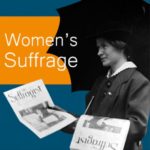
Use this map to explore how the women’s suffrage movement — and the people who opposed it — tried to influence public opinion. Explore artifacts from billboards and cards to buttons and cartoons. You’ll uncover the wide array of tools and tactics each side used to spread its message, and you’ll see how geography and other factors shaped the form and content of their communication.